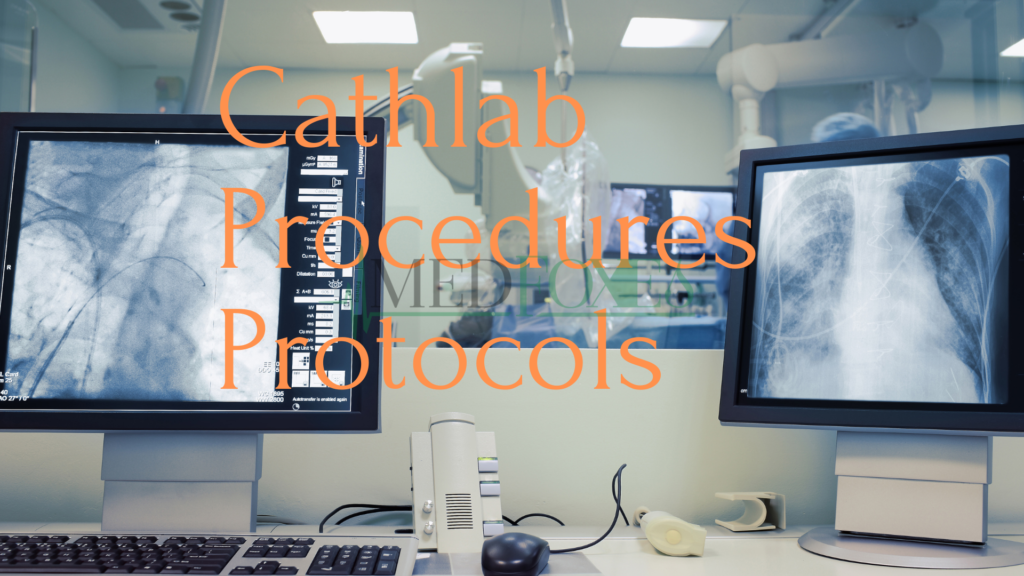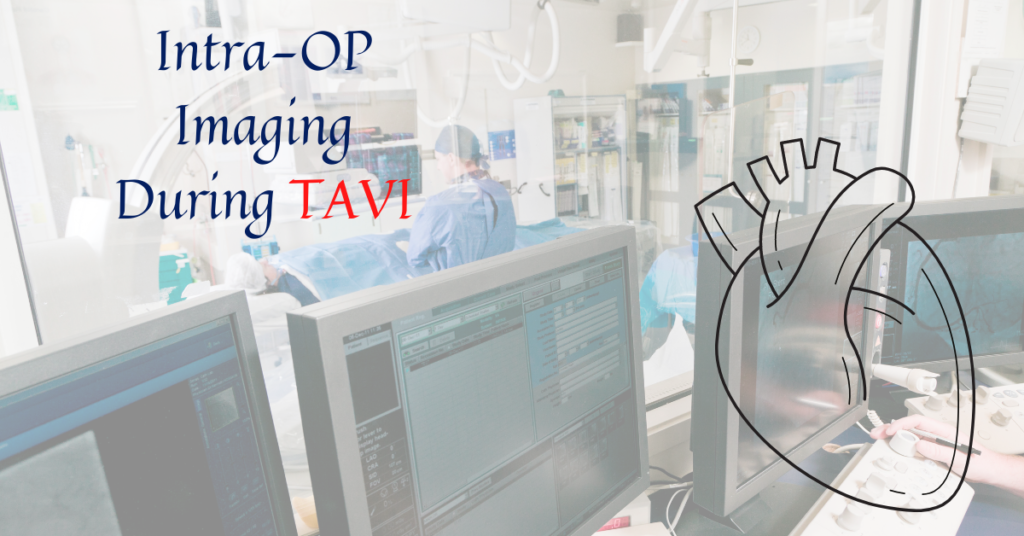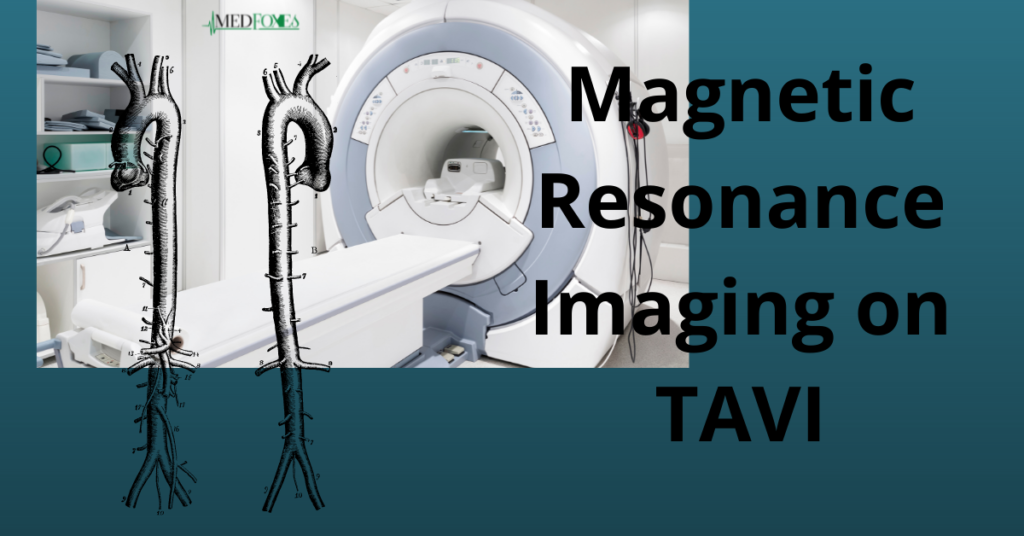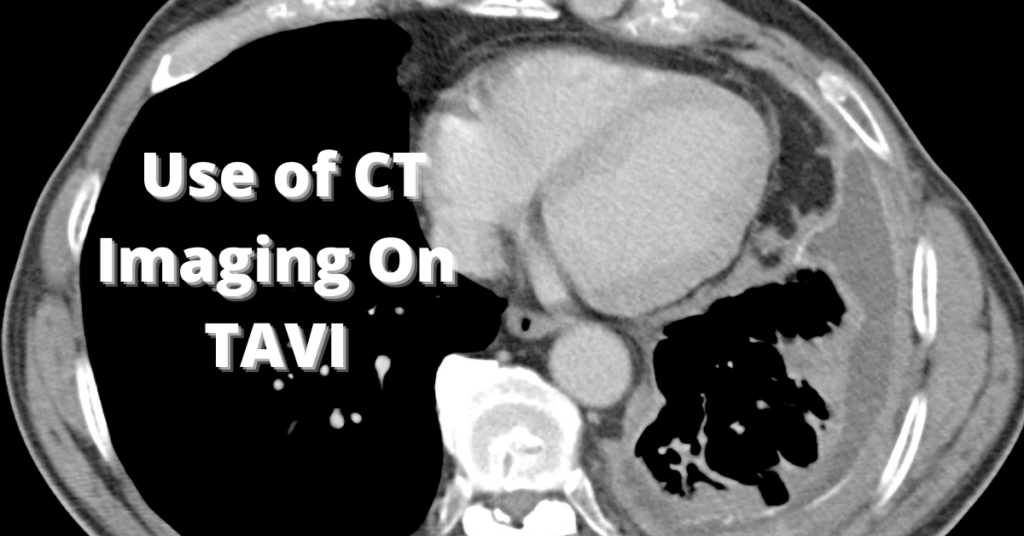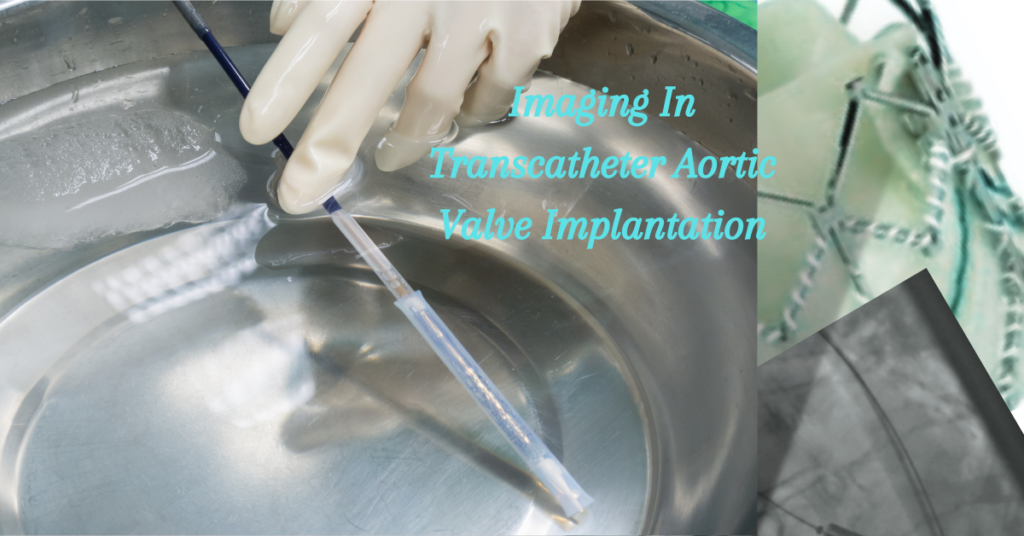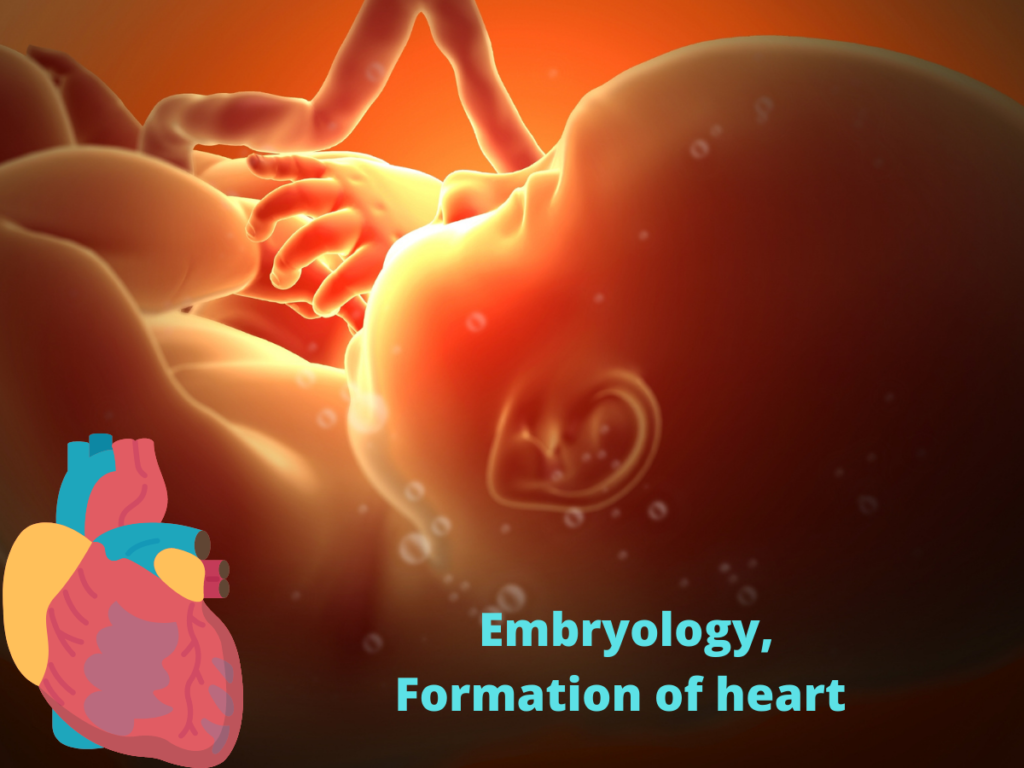Angiogram Radial Approach
Angiogram Radial Approach – The most compelling reason for adopting Trans-radial access is the increased patient safety that results from the virtual elimination of access site bleeding and vascular complications. In addition, TRA is associated with early sheath removal, improved patient comfort, faster recovery, and lower costs in comparison with transfemoral access Pre- procedure Assessment […]
Angiogram Radial Approach Read More »

